Green Tea: Everything You Need to Know
Most people know that green tea is good for them but may not know how or why. Below, you will learn all there is to know about Green Tea and why you should keep it on hand. My favorite one: Organic Twinings of London
What is Green Tea
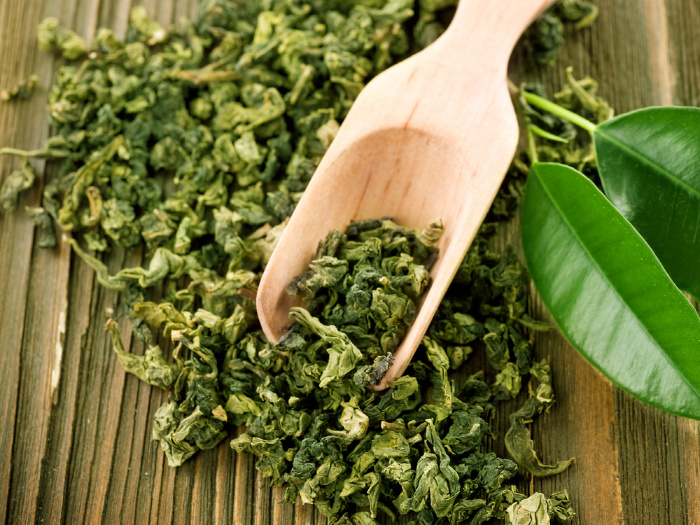
Did you know that black tea and green tea actually originate from the same exact plant species?! That’s right, green tea comes from a plant species called Camellia Sinensis.
The variety of the tea plant as well as how the tea leaves are processed is what defines whether or not you are drinking green tea or black tea.
Green Tea Plant Varieties
There are two varieties of the plant Camellia Sinensis from which the tea we drink is made: Camellia Sinensis Sinensis and Camellia Sinensis Assamica.
Camellia Sinensis Sinensis
This plant is native to China. It is typically used to make both green tea and white tea. It has a high tolerance for the cold and can thrive in mountainous regions.
Camellia Sinensis Assamica
This plant is native to a place called Assam in India. It is usually produced into strong black tea. The leaves grow bigger in warm, moist climates.
How Green Tea is Processed
In order for the leaves above to be turned into green tea, they must be processed in a certain way. In order to turn the Camellia Sinensis plant into green tea, the tea leaves are harvested and then quickly heated.
They heat the leaves by firing or steaming. Then, they are dried to prevent too much oxidation to occur. Here is how it would work:
Green Tea Processing:
Steaming/Roasting ➡️ Cooling ➡️ 1st Rolling ➡️ 1st Drying (110°C/70°C) ➡️ Final Rolling ➡️ Final Drying (120°C/80°C)
Types of Green Tea
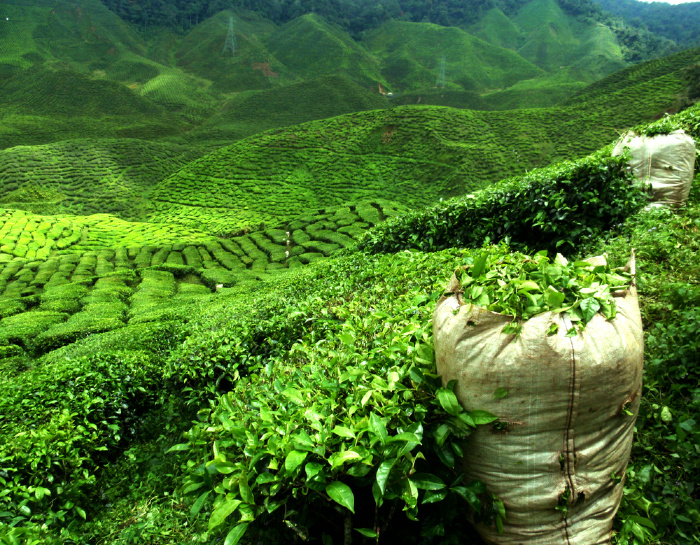
The most popular green tea that is consumed in America is originated from China and Japan. These teas can taste differently, depending on how they were processed. For example, China pan fires the tea leaves whereas Japan steams the tea leaves. Here are some popular types of green tea:
Chinese Green Tea
- Chunmee
- Mao Feng
- Lung Ching
- Gunpowder
Japanese Green Tea
- Sencha
- Fukamushi Sencha
- Gyokuro
- Matcha
- Genmaicha
- Hojicha
- Bancha
- Kukicha
7 Health Benefits of Green Tea
This tea is one of the healthiest beverages on the planet. It’s packed with antioxidants and nutrients that are great for your body, from brain function and fat loss to a lower risk of cancer and other benefits. Below you will find 7 health benefits of this popular gem that are scientifically supported!
#1 Increases Fat Burning
If you look at the list of ingredients in any fat burning supplement, chances are you will find green tea as one of the ingredients. This is because it has been proven to increase fat burning and boost your metabolic rate.
#2 Improves Physical Performance
Green tea has natural caffeine in it. Caffeine improves your physical performance. It does this by mobilizing your fatty acids from your fat tissues. This makes them available for use as energy.
#3 May Lower Your Risk of Cancer
Because it is packed full of antioxidants, green tea can help lower your risk of cancer. Oxidative damage contributes to the development of cancer whereas antioxidants get rid of those free radicals. Here is what the studies say:
- Women who drink it have 20-30% less risk of getting breast cancer.
- When men drink this particular tea, they have a 48% lower risk of getting prostate cancer.
- Additionally, people who drink it are 42% less likely to get Colorectal Cancer.
#4 Lowers Risk of Alzheimer’s Disease
There are many studies that show that the catechin compounds in this little gem have protective effects on your neurons. Diseases like Alzheimer’s are neurological, thus protecting your neurons can help lower your risk of getting it.
#5 Lowers Your Risk of Infection
In addition to those catechins helping with your neurons, they also inhibit the growth of certain infections and bacteria. Some studies have shown that it inhibits viruses like influenza, kills bacteria, and lowers your risk of infections.
The catechins specifically inhibit the growth of streptococcus mutans (dental decay).
#6 May Decrease Your Chance of Type 2 Diabetes
Type 2 Diabetes involves having elevated blood sugar levels due to insulin resistance, or the inability to produce insulin. Studies have shown that tea actually decreases insulin sensitivity and reduces blood sugar levels.
#7 Increases Brain Function
We already know that caffeine helps improve brain function and tea has a lot of caffeine. However, tea also has amino acid L-theanine.
This amino acid can cross the blood-brain barrier. L-theanine increases the activity of your inhibitory neurotransmitter GABA as well as dopamine and alpha waves in the brain.
The increase in these areas has anti-anxiety effects. Thus, the combination of caffeine and L-theanine can give your brain optimal brain function.
Side Effects and Risks
You won’t find much in the way of side effects when it comes to drinking green tea, but the following risks or complications should be kept in mind:
- Caffeine Sensitivity: Some people do have a sensitivity to caffeine that can cause insomnia, anxiety, irritability, nausea, or upset stomach.
- Blood Thinners: If you are on a blood thinner like Warfarin or Coumadin, you should drink with caution due to the vitamin K content found in green tea.
- Stimulants: If you are already taking a stimulant, keep in mind that drinking tea can increase your heart rate and blood pressure.
Tea Brewing Tips to Keep in Mind
If your package doesn’t have specific instructions for brewing your tea, be sure to ask the vendor how to brew it. Here are a few tips to keep in mind while brewing:
- Fresh, pure, cold, filtered water works best.
- If your tea is too hot, it will become more bitter.
- If you don’t have temperature control, allowing your boiling water to rest before pouring it over the leaves will work.
- Adding milk and sugar does add additional calories as well as change the flavor of the tea.
- Let it steep for 30-60 seconds.
Buying and Storing Green Tea
Because green tea has so many health benefits, it is something you should consider storing and stocking up on. When it comes to stocking up on tea, keep in mind that it won’t ever really go “Bad.”
However, it can get stale. When it’s stale, it doesn’t taste as good.
To make sure you are buying tea that has not gone stale, buy yours from a reputable company. The company will be able to tell you when and how the tea was processed.
Everything You Need to Know Series:
- Cucumbers: Everything You Need to Know
- Kale: Everything You Need to Know
- Broccoli: Everything You Need to Know
- Mushrooms: Everything You Need to Know
- Lettuce: Everything You Need to Know
- Carrots: Everything You Need to Know
- Tomatoes: Everything You Need to Know
- Potatoes: Everything You Need to Know
Final Word
Green tea is a versatile and healthy beverage option. If you need a little caffeine kick but want to stick to being healthy, this one drink is the way to go.
Stock up on some when you can, but remember it should be rotated out every 6-months to a year. Even if you do not rotate it, you can still get the benefits, but it won’t taste as flavorful.
What is your favorite type of green tea? Share your thoughts in the comments below! May God bless this world, Linda

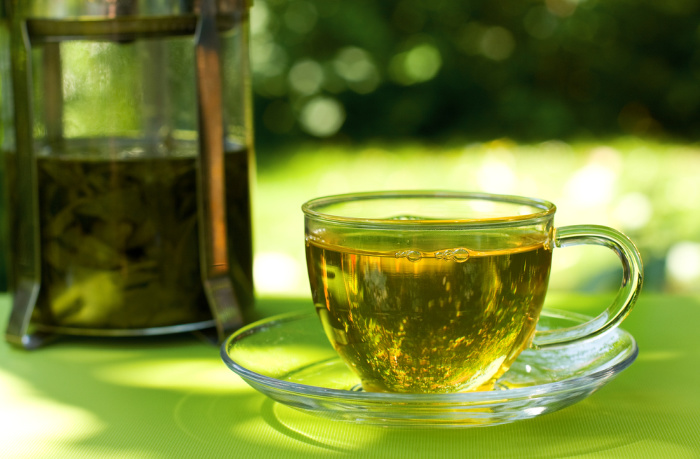


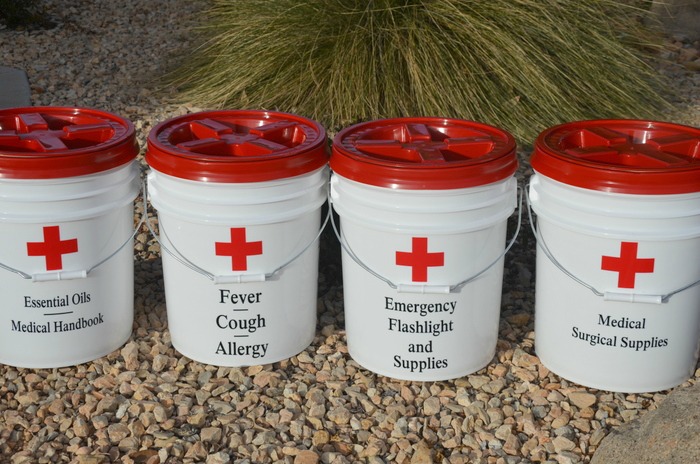
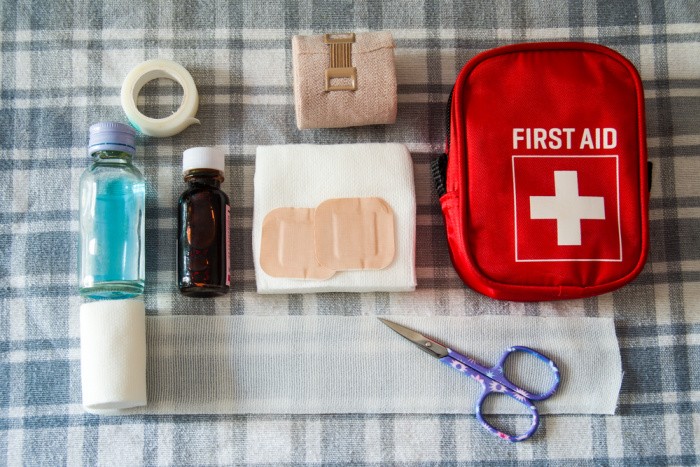
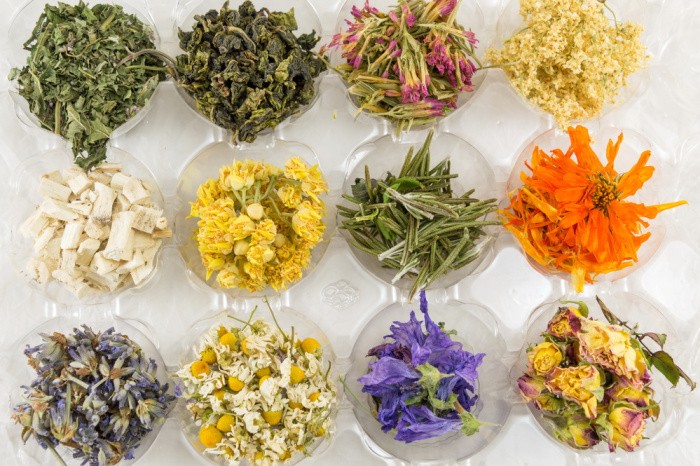
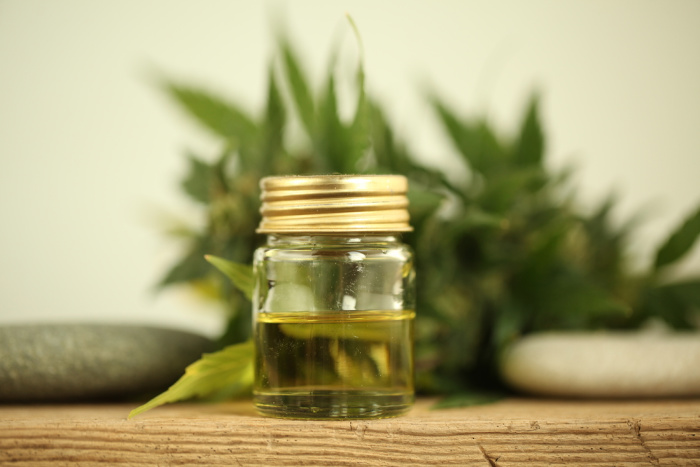
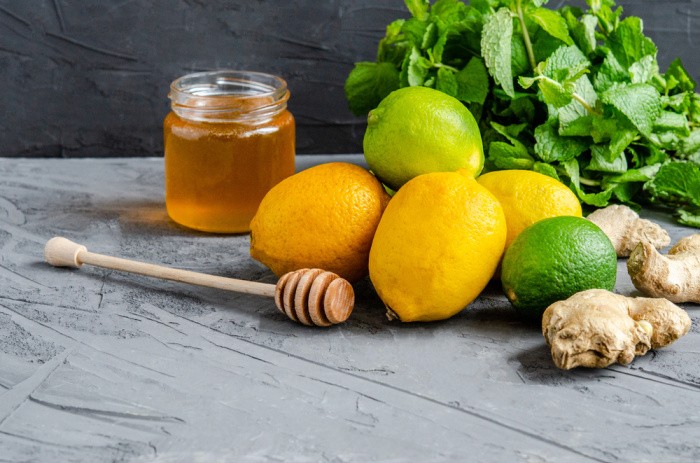
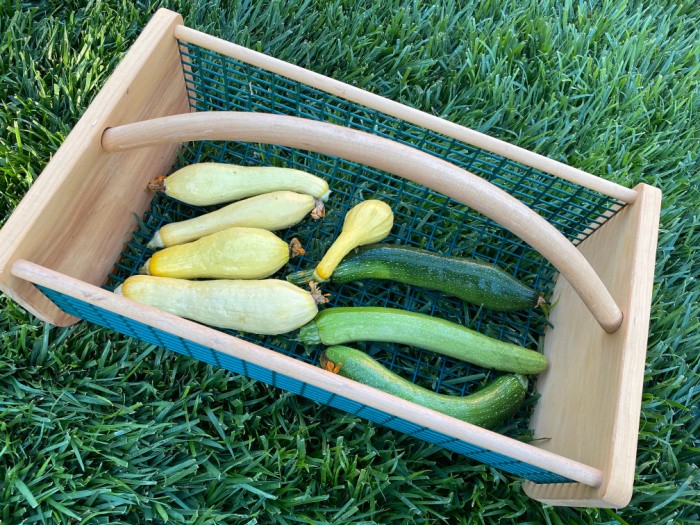
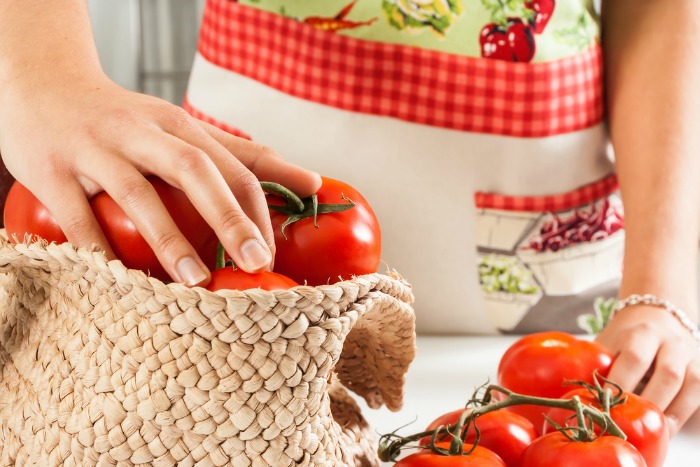











Sencha is my green tea of choice. I found a website that let me buy in bulk and had airtight containers, so once I open the mylar bag of tea I can put the leaves into the containers to slow down the quality loss that happens over time.
I find that it has much less caffeine than the Assam or Oolong teas that I normally have when I need a pick me up, and as such it’s very soothing when I’m not feeling well.
Since most of my tea is loose leaf, in addition to a nice Breville Tea Maker for use in good times, I have a steeping pot with filter as my first backup and a collection of tea balls in case both of the pots break. Loose leaf tea is the best way to brew tea, but getting some leaves in your cup is definitely not good tea.
And yes, I do stock some tea bags, both regular Lipton black tea and Bigelow green tea bags for times when I just want a quick cup or if I’m going on the road. I find that putting 160F water in a one liter thermos along with a single green tea bag gives me a decent batch of tea for those mornings that I have to go into work while under the weather. I also brought it to a glacier trip with water just short of boiling and a black tea bag in it. It was definitely a pick me up after I got back from the glacier and wanted something to warm up with. A good quality thermos bottle is definitely a plus for cold weather trips for those of us who enjoy a good cuppa. 🙂
Hi DMWalsh, oh it’s good to hear from you! That reminds me I need to get a good thermos. Great tips! Linda